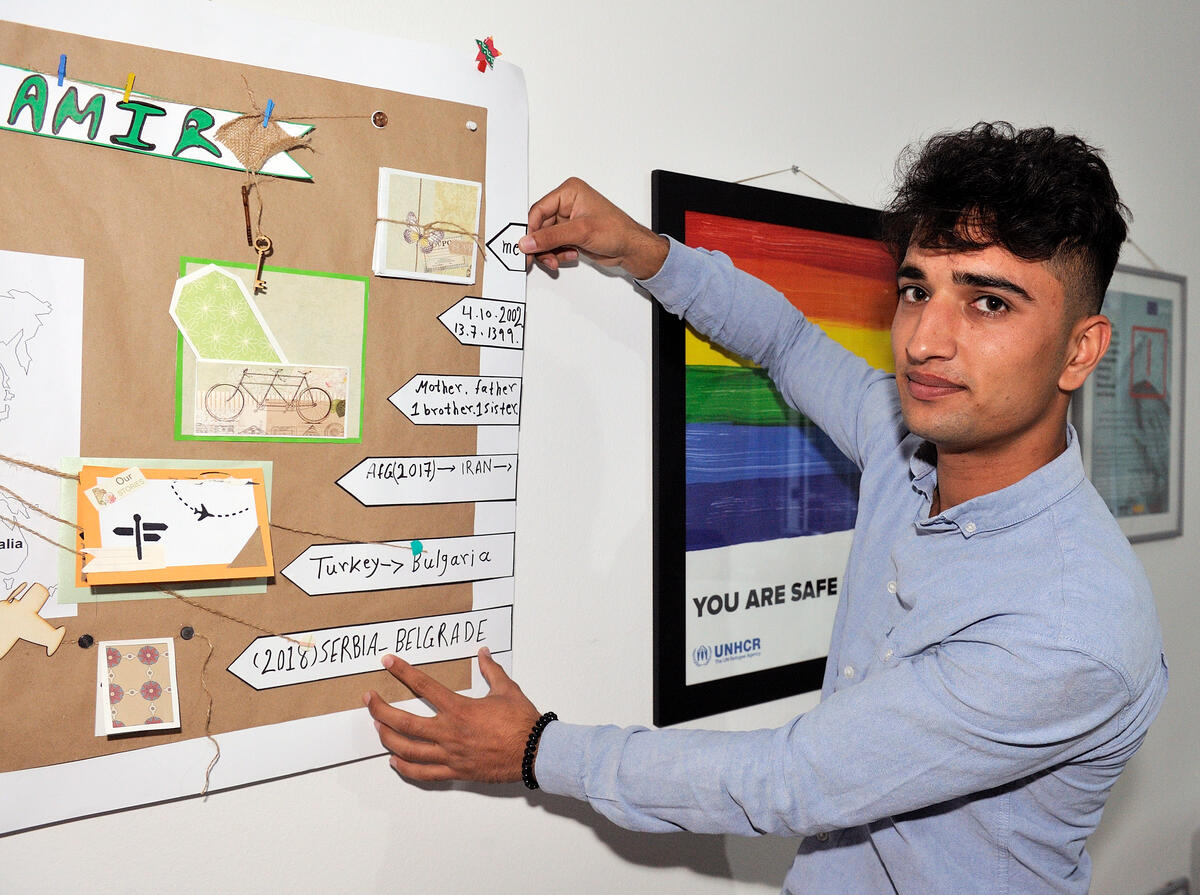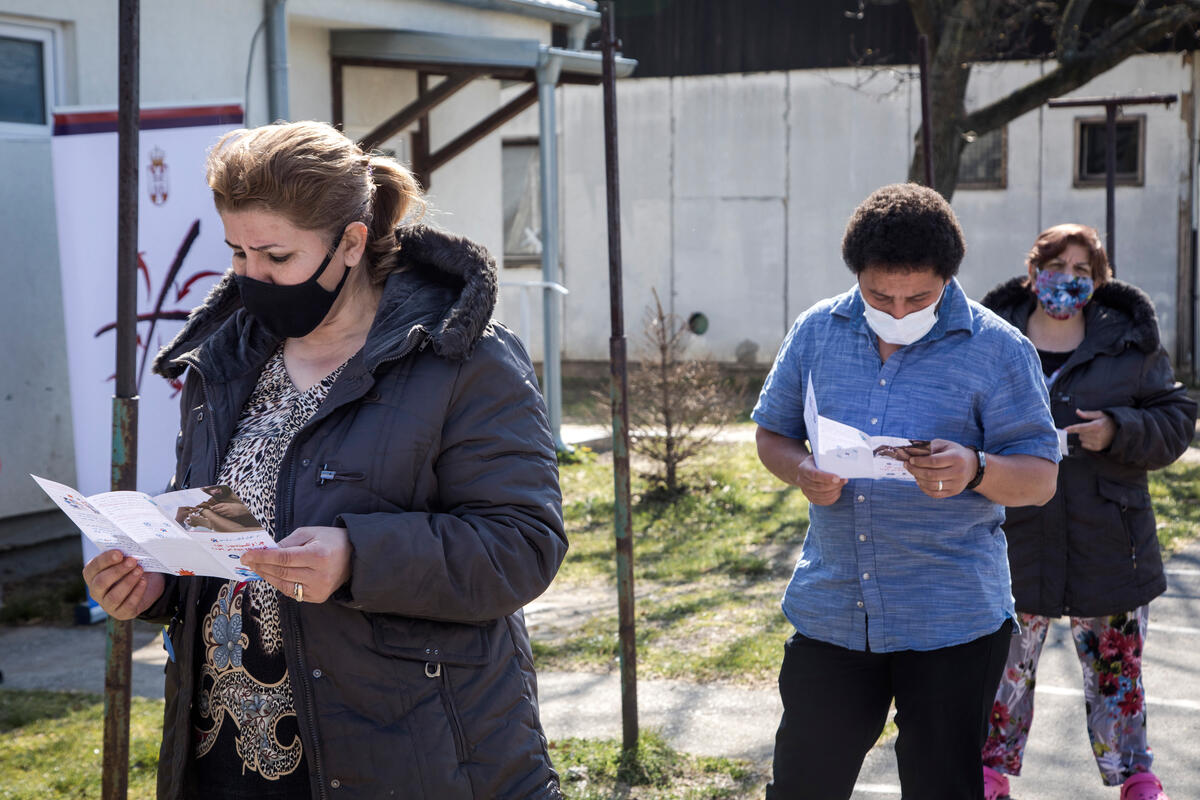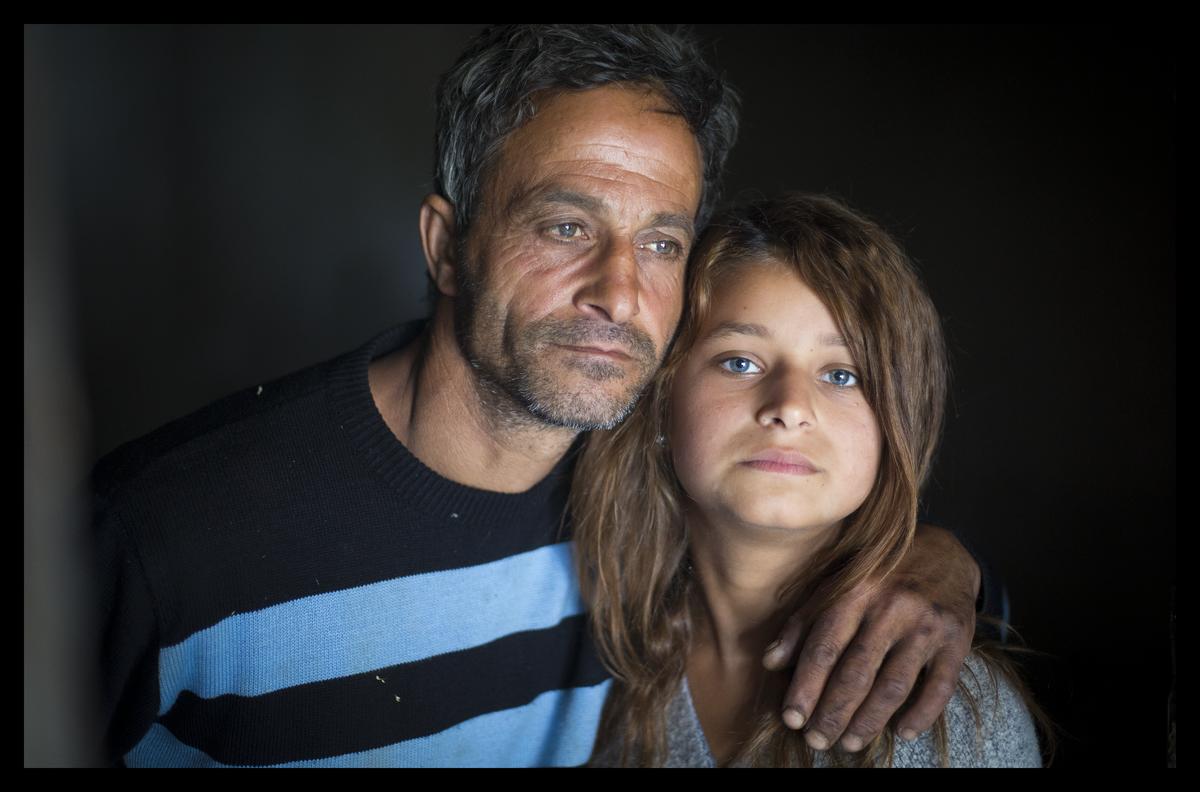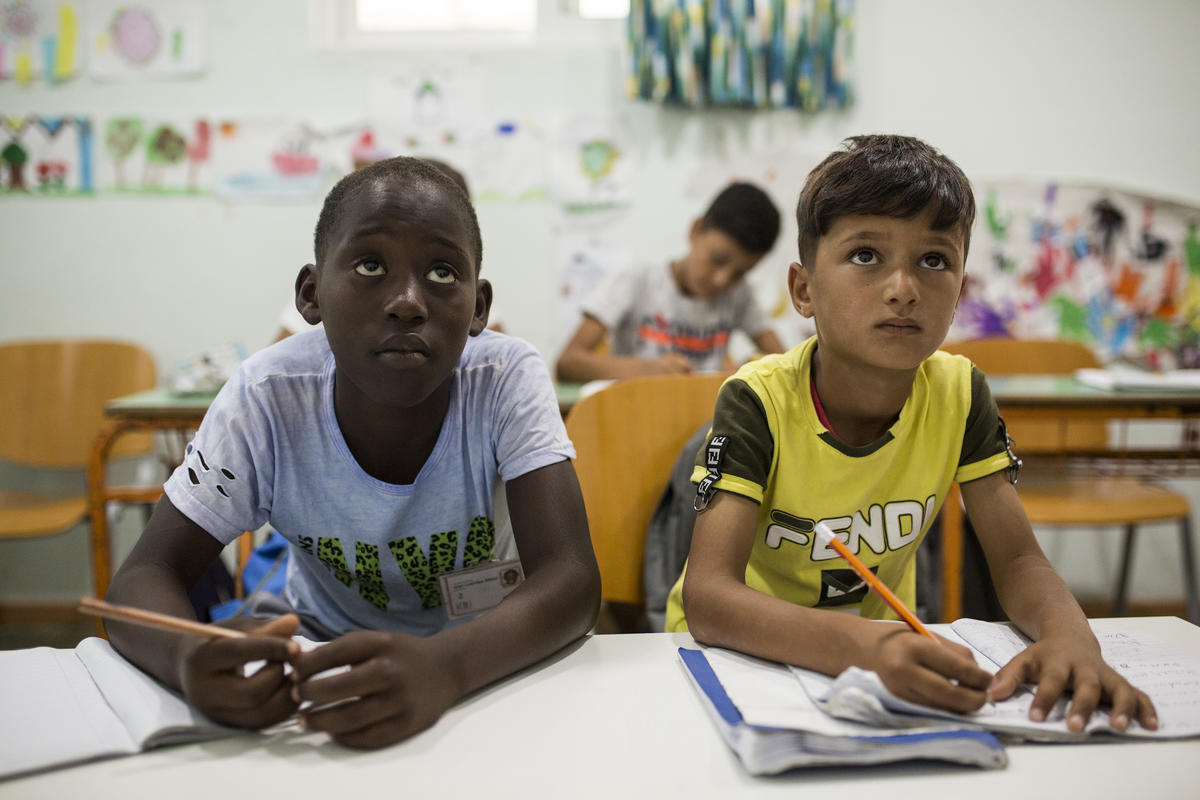Kosovo Crisis Update
Kosovo Crisis Update
Funding
UNHCR told a donors meeting on Thursday its efforts to deliver urgently needed supplies for Kosovar refugees will be seriously set back unless it receives a fresh infusion of funds.
An appeal for $143 million dollars to cover the Kosovo refugee emergency for three months was issued in April. UNHCR has received $77.4 million so far. Of this amount, $11.8 million which was left available yesterday has since been used up to pay bills.
UNHCR needs a minimum of $40 million for May for the Kosovo emergency, the fastest and largest mobilization of resources ever - faster than the emergencies UNHCR had to deal with in Bosnia and Herzegovina and the Great Lakes in this decade.
In the first four weeks of the operation, the target population went from 100,000 to 350,000 to 650,000 and then to 950,000 - more than twice the population of Geneva.
UNHCR has put in place a supply pipeline which now delivers regular shipments of relief aid. Five planes per week are bringing 2,000 tents from manufacturers into Skopje in the FYR of Macedonia, and Tirana in Albania. About 160,000 blankets have already been delivered from Nairobi to Skopje. Some 40,000 kitchen sets have been sent from a manufacturer in Egypt and 600 metric tons of soap are en route. One hundred 40-ton trucks are being loaded with blankets, mattresses, hygienic parcels and other materials in various European countries each week.
All these activities would grind to halt over a period of few weeks without further immediate, significant cash contributions.
Albania
A total of 609 people crossed the border at Morini Thursday and early Friday.
The refugees Thursday came from several areas, including Djakovica and Prizren. A handful from Prizren were mainly individual, educated men who were picked up from their workplace and taken immediately to the border and expelled. This trend of stripping the town of its educated elite has been underway for at least one week and forms a definite pattern.
A group of around 360 people crossed the border after midnight. They had all come from villages around Pristina and Mitrovica. They had originally been sent by train toward Macedonia where they were told by the Serbian authorities that the frontier was closed.
They then returned to Pristina where they boarded six buses - at a cost of 100 DM each - and were sent to the border area. They told the normal horror stories - some men were beaten up, women were robbed of their jewellery, the Serbians on occasion tried to separate the women out, but there were no actual instances of this.
A total of 4,886 people left Kukes Thursday on a series of buses and trucks, maintaining a relatively good rate of departure.
An assessment mission from the United Arab Emirate camp visited a so called alternate site near Durres Thursday but found it 'unsuitable' for the transfer of their camp - the largest in Kukes. They said they will continue assessment visits to other areas of the country with a view to eventually moving their camp from Kukes.
An information campaign - including a formal joint declaration from the government and UNHCR on policy towards refugees in Kukes, and expanded information on why refugees should move - is expected to be launched during the weekend.
FYR of Macedonia
The Skopje government on Thursday gave UNHCR assurances that refugees from Kosovo will be allowed into the FYR of Macedonia.
UNHCR had sought clarification from the Macedonian authorities after UNHCR staff late Wednesday witnessed an estimated 1,000 Kosovo refugees being prevented from entering the FYR of Macedonia. They were subsequently forced to go back to Kosovo.
During a meeting in Skopje late Thursday, the FYR of Macedonia's Interior Minister told UNHCR that the border would remain open. UNHCR said it welcomes the verbal assurances from the government and trusts this policy will be honoured on the ground.
Scattered groups of refugees numbering 770 entered the FYR of Macedonia through Straza on Thursday. The refugees were guided by local Albanian villagers, who helped them avoid the Macedonian border police. Most of the refugees were accommodated by residents of Lojane and Slupcane. Some refugees needing medical attention were transferred to a local hospital by UNHCR field staff.
UNHCR-IOM Humanitarian Evacuation Programme
Departures under the humanitarian evacuation programme from the FYR of Macedonia to third countries totalled 1,736 on Thursday, including 414 to Australia,159 to Austria, 320 to Canada, 165 to France, 105 to the Netherlands, 150 to Norway, 160 to Poland, 192 to Portugal, and 71 to Slovenia. Since the programme began, 32,332 refugees have been flown to 25 countries. UNHCR has received offers from Europe for 95,000 places for refugees in the FYR of Macedonia.









